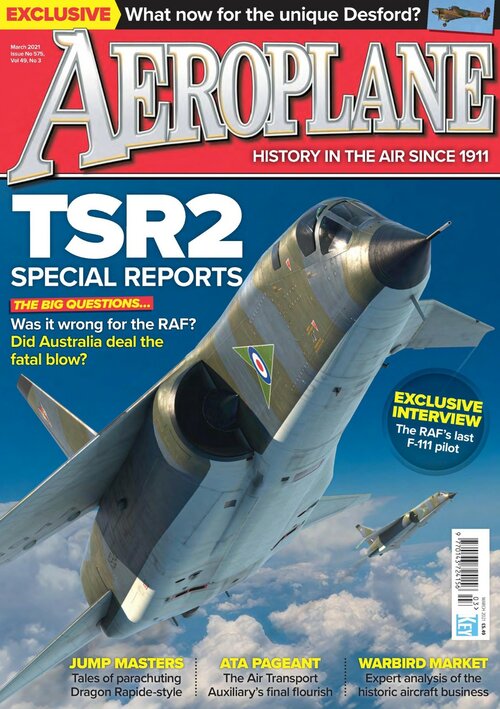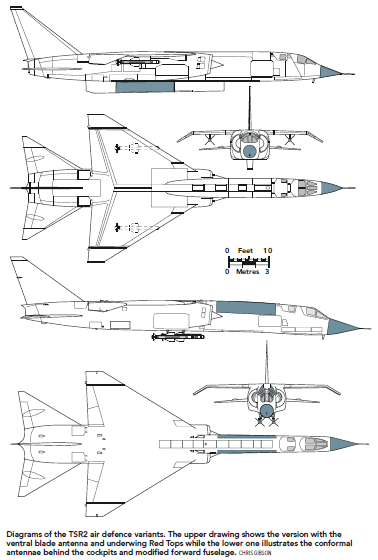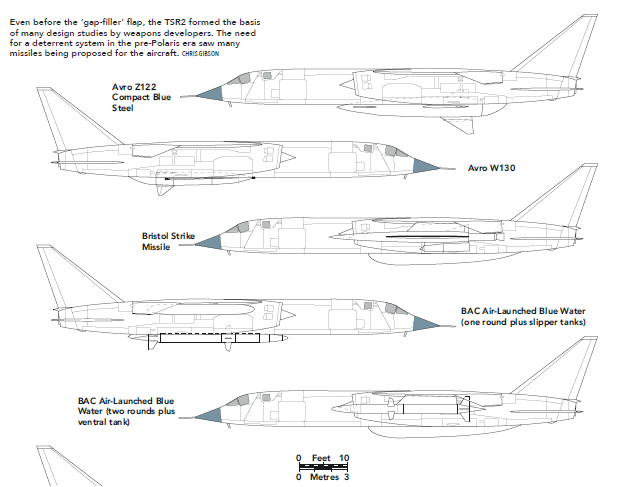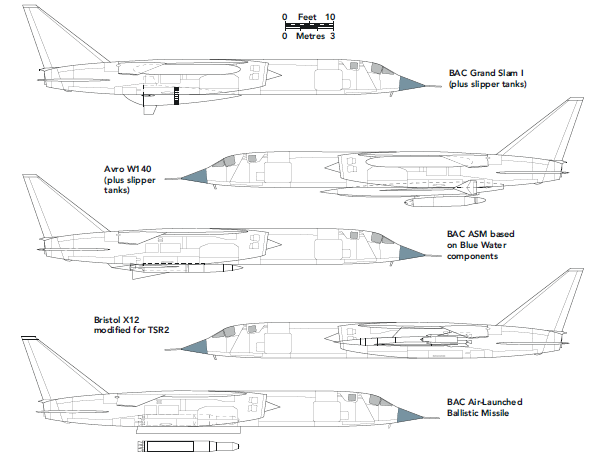Thank you, kaisers, for the links to mentioned books!
I already seen some titles of Hikoki - and made good impression on me. So, yours' recommendations are most helpful!
Personally, I like TSR-2 - but, perhaps as a mass-build aircraft, it's not necessary became effective in combat, maintenance and production. From other hand, there were at least few UK postwar aircraft, designed with very unconventional layout.
Some of them (Vulcan, Victor, Gannet etc.) proved the designers' decisions, others (Javelin, Lightning, Swift) - have been part of the countries' defense, but not, OMHO, the best ones.
During WW2 some aircraft, like Whirlwind or Defiant, built according the "unconventional" conceptions also fought, although didn't became a mainstay of RAF. Does it mean, that their designing, production and service didn't made some useful things? Later we see, how Westland became a helicopter' expert and Boulton-Paul produce some good experimental aircraft.
So, now, due to a large amount of archive documents and enthusiastic authors could see the whole picture of aviation history (cancellations and, in turn, adoptions) of projects in much clearer way. At least made our conclusions, using wider range of details and facts.
P.S. Even without TSR-2 UK maintain it's military aviation in 1950-80s in good shape. Could TSR-2 mass-production improve this situation, or turn it to the adverse? Only time machine' inventors could really change situation





